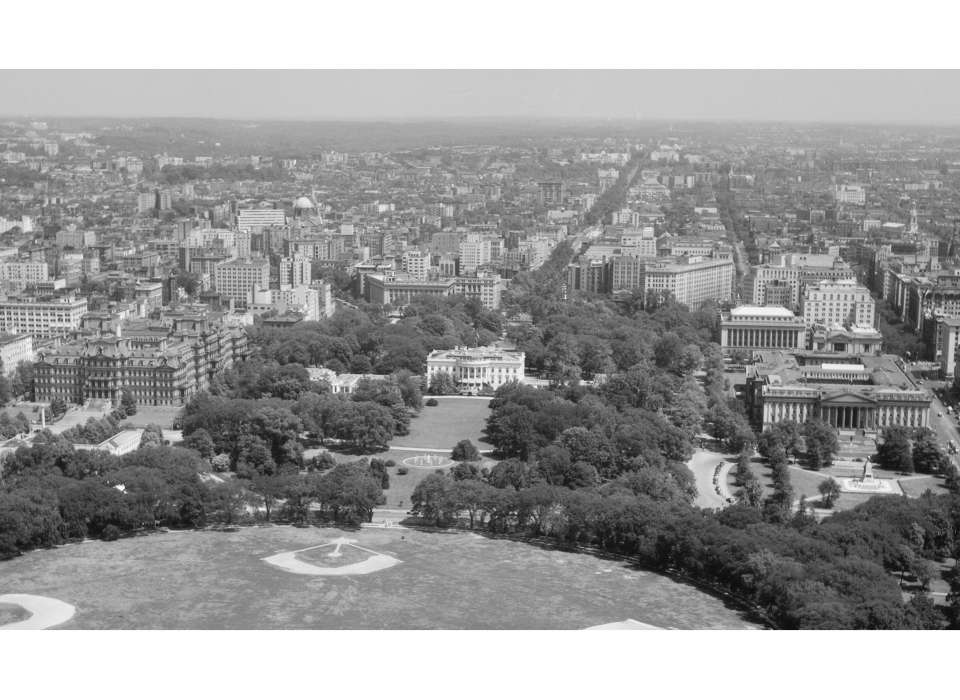Top image: View of the Department of State, White House, and Treasury Department (left to right), as seen from the Washington Monument, ca. 1945. Library of Congress
On January 22, 1944, facing public and Congressional pressure and inter-administration fights, President Franklin D. Roosevelt created the War Refugee Board, a government agency tasked with rescuing victims of the ongoing Holocaust. The Jews were called “refugees” and by the end of 1944, the crimes against them would be the first to be called a “genocide.”
Roosevelt’s announcement was a long time coming. For the first decade of his presidency, Roosevelt—who generally prioritized politics over humanitarianism—tried to bring the country out of the Great Depression and prepare an isolationist nation for a seemingly inevitable war. His pragmatism had consequences: the United States made few significant attempts to oppose the Nazi regime prior to the outbreak of war.
In the 1930s and 1940s, the United States had no refugee law or asylum policy. The passengers on the ill-fated St. Louis could not avail themselves of either. It’s likely that Jewish refugees constituted more than half of all immigration to the United States in 1939, and between 1933-1945, 180,000-220,000 refugees fleeing Nazism permanently immigrated to the United States. Still, the racist immigration quotas, in place since 1924, were rarely filled during that time. The American people had no appetite for expanding immigration—in fact, most favored cutting it further. In a poll taken immediately after the Kristallnacht attacks in November 1938, 94% of Americans opposed the Nazi treatment of Jews, but 72% opposed allowing more Jewish refugees to enter the country.
In that atmosphere, Jewish congressmen vowed not to introduce new legislation to increase immigration or to aid refugees, agreeing that any debate would only result in bills to lower immigration further—bills that were much more likely to pass. They were right to be concerned—one senator (who ran his own antisemitic newspaper) openly wished to surround the United States with a wall “so high and so secure that not a single alien or foreign refugee from any country upon the face of this earth could possibly scale or ascend it.”
Refugee aid organizations banded together to guide as many Jews as possible through the maddeningly and complicated US immigration bureaucracy, made more difficult as rumors flew—echoed by Roosevelt—that even Jewish refugees might be Nazi spies. European ports closed, and by summer 1940, most refugees had to reach Lisbon to find a boat that could take them to safety. Famous aviator Charles Lindbergh, speaking on behalf of “America First” warned that Jews would drag the United States into war.
The American people learned of the ongoing Nazi campaign of mass murder in November 1942, three weeks after the Allies landed in North Africa, thousands of miles from the death camps. The Allied powers issued a statement condemning the Nazis’ “bestial policy of cold-blooded extermination” and promising post-war punishment—but not rescue.
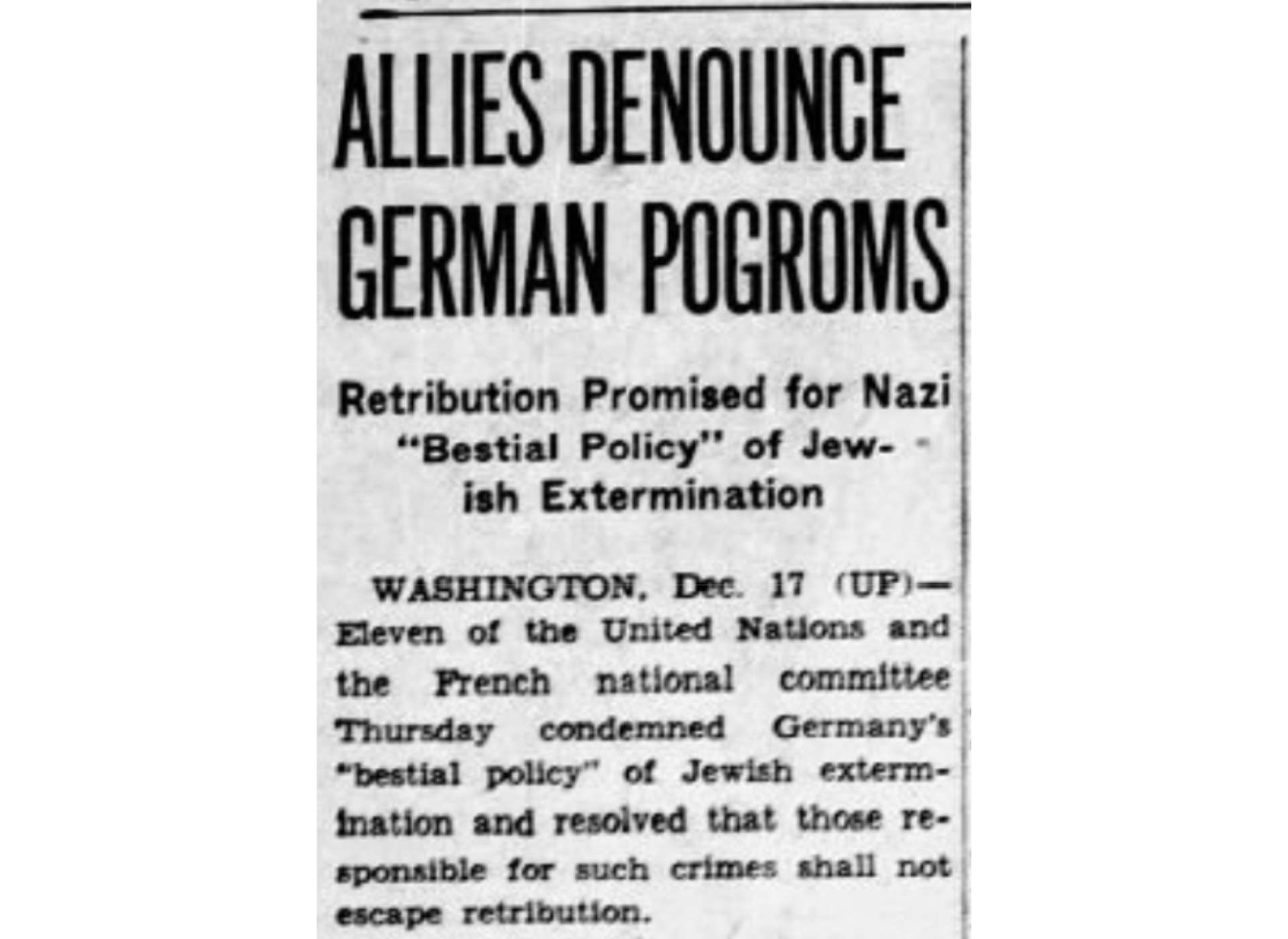
Over the next fourteen months, lobbyists staged rallies and marches, newspapers published graphic details estimating a death toll in the millions, and Congress debated a “Rescue Resolution” encouraging Roosevelt to study the possibilities for rescue.
Finally, after Treasury Department officials presented Roosevelt with a report—which had originally bore the title “Report to the Secretary on the Acquiescence of This Government in the Murder of the Jews”— the president agreed to create the War Refugee Board, signing an Executive Order on January 22, 1944. Saving the Jews became official US policy, although the War Refugee Board could not do anything that might delay Allied victory.
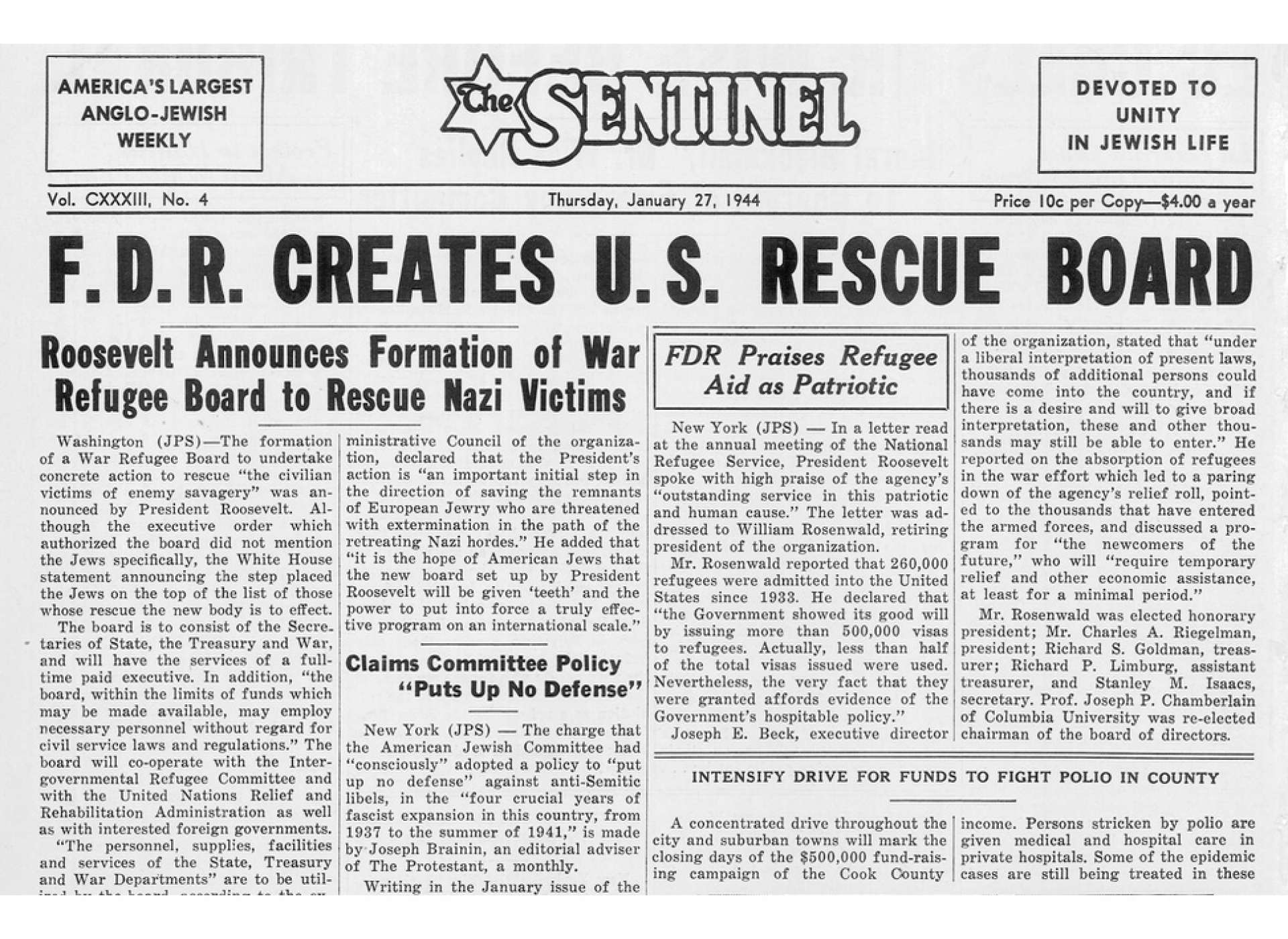
A small operation—no more than 70 employees at its peak—the agency streamlined bureaucratic paperwork, authorizing more than eleven million dollars in humanitarian aid to Jews in Europe (the equivalent of $175 million in 2022). With Swedish assistance, the WRB hired Raoul Wallenberg and sent him to Budapest, where he began one of the most famous Holocaust rescue operations. It opened a camp for nearly 1,000 mostly Jewish refugees at Fort Ontario in Oswego, NY, where they lived behind barbed wire, having signed documents promising to return to Europe after the war.
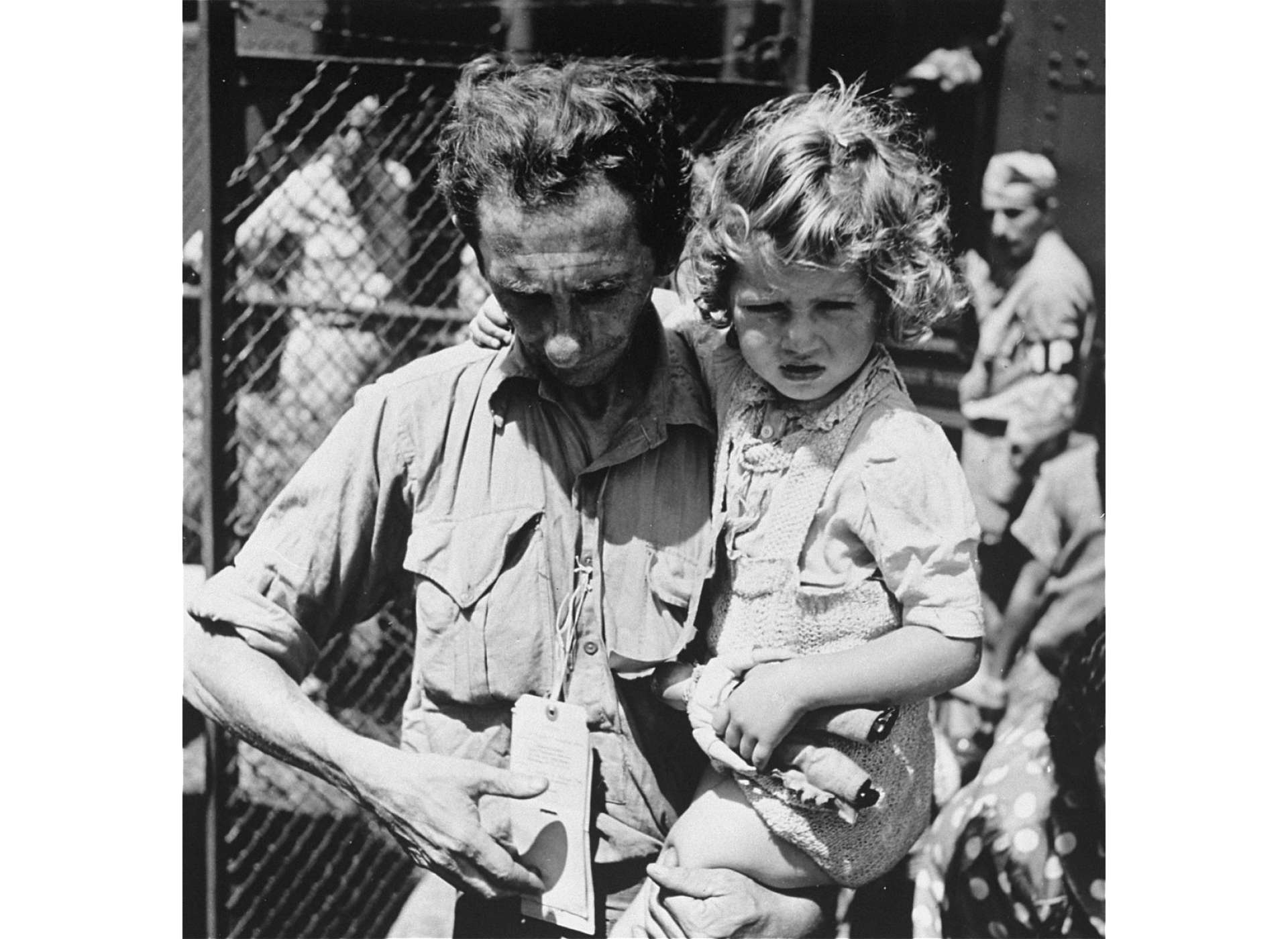
A father carries his daughter on arrival at the Fort Ontario Emergency Refugee Shelter, August 1944. National Archives and Records Administration, College Park
The WRB’s representative in Turkey, a Bloomingdale’s marketing executive, negotiated with multiple governments to allow 8,000 Eastern European Jews to escape to pre-state Israel. Famously, the WRB advocated in November 1944 for the bombing of the gas chambers at Auschwitz-Birkenau. The War Department gave a consistent answer, consistently deployed to Jewish organizations who had petitioned earlier, that this was not a military priority.
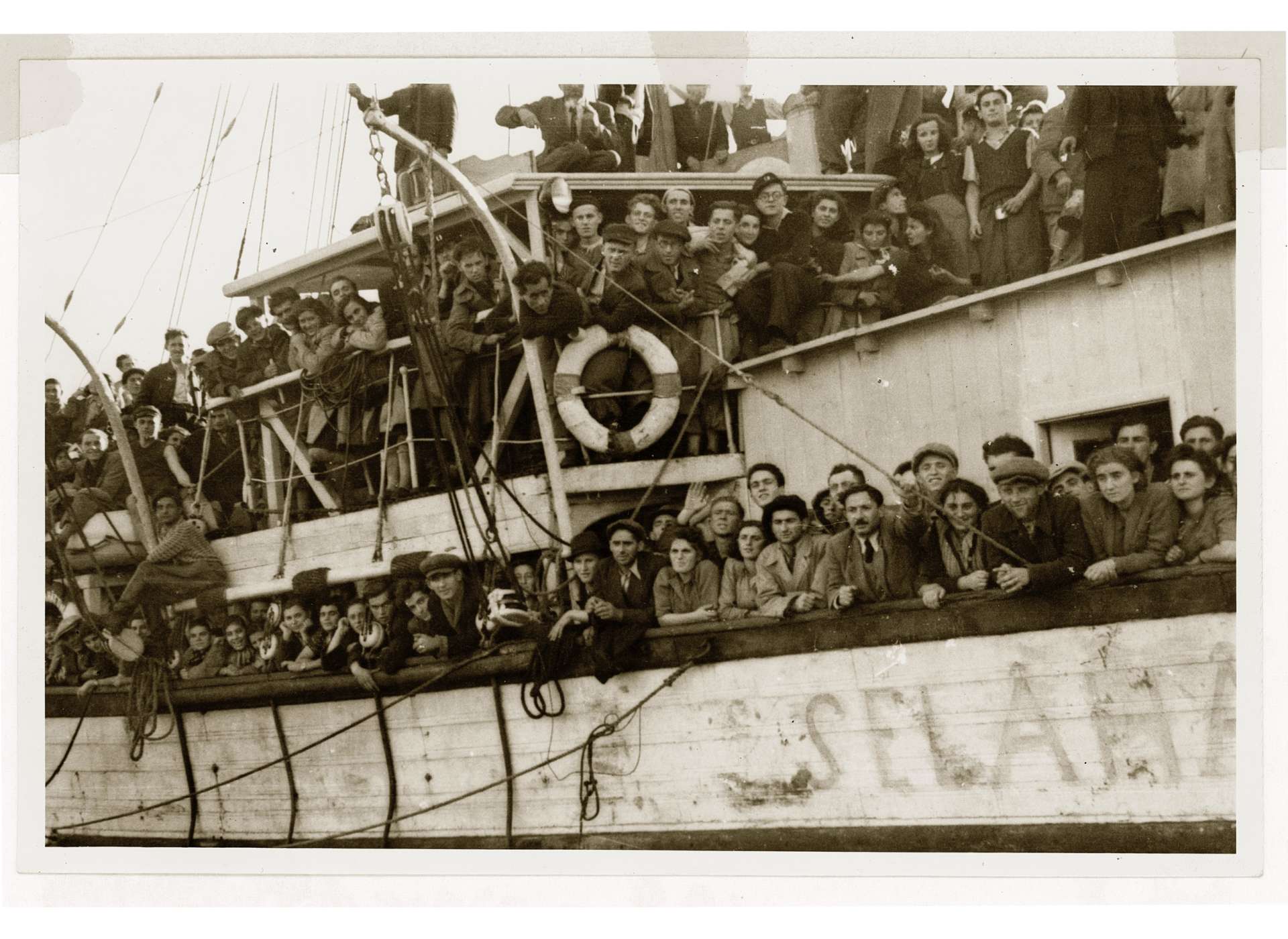
Hundreds of Romanian and Bulgarian Jewish passengers hang off the sides of the Selahattin, as the boat reaches Istanbul. They were among the 8,000 refugees who transited through Turkey to Palestine in 1944. Courtesy of the Franklin D. Roosevelt Presidential Library and Museum, Hyde Park, New York
Willing to take chances, the War Refugee Board laundered money into Sweden to buy boats and guns for underground groups to rescue Baltic refugees. It entered into ransom negotiations with the Nazis for the lives of Hungarian Jews, resulting in the liberation of more than 1,600 Jews from Bergen-Belsen as a “good faith” gesture. The WRB, Israeli Holocaust scholar Yehuda Bauer concluded, “was permitted to break practically every important law of a nation at war in the name of outraged humanity.”
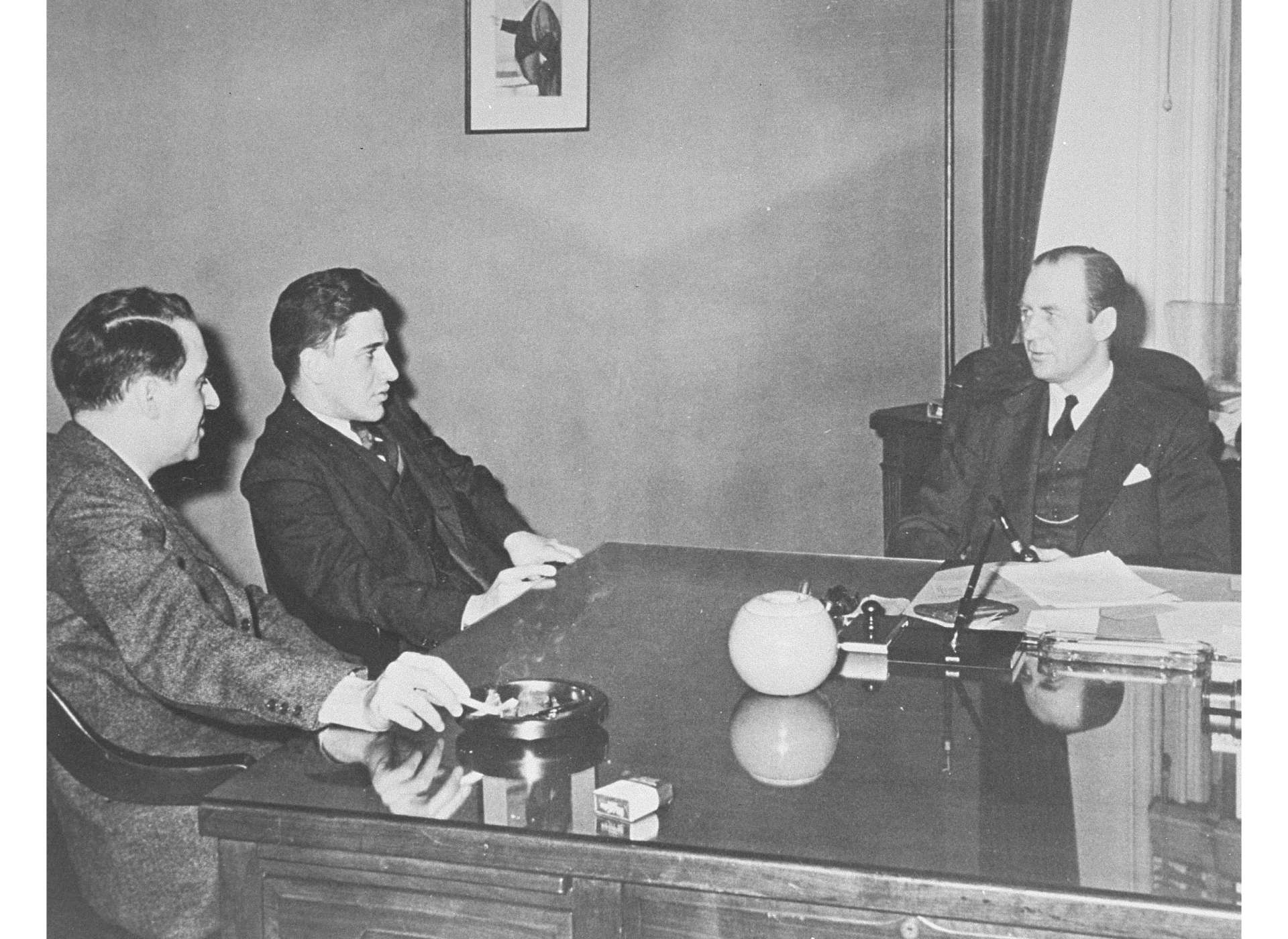
Members of the War Refugee Board staff (left to right, Albert Abrahamson, Josiah DuBois, and WRB director John Pehle) meet in Pehle’s office at the Treasury Department, March 1944. USHMM
When WWII in Europe ended seventeen months later, the War Refugee Board estimated that it saved tens of thousands of lives and aided hundreds of thousands more. Journalists and even the WRB staff still considered their work “little and late.” “Little” compared to the scope of the Holocaust, “late” because by the time Roosevelt signed the Executive Order, more than five million Jews had already been killed.
Yet if we choose to learn from history, the War Refugee Board can remind us of the importance of flexibility, of empowering non-governmental organizations, of increasing humanitarian aid, and of the importance of engaging allies and neutral partners. That even when it feels late, doing the right thing can still make a difference.

Rebecca Erbelding, Ph.D. Historian, Education Initiatives USHMM
Rebecca Erbedling, Ph.D. is a historian of American responses to Holocaust and the author of Rescue Board: The Untold Story of America’s Efforts to Save the Jews of Europe (Doubleday, 2018), winner of the 2018 National Jewish Book Award for Writing Based on Archival Material (the JDC-Herbert Katzki Award). She is also a historian, archivist, and curator at the United States Holocaust Memorial Museum.
Cite this article:
MLA Citation:
APA Citation:
Chicago Style Citation:
